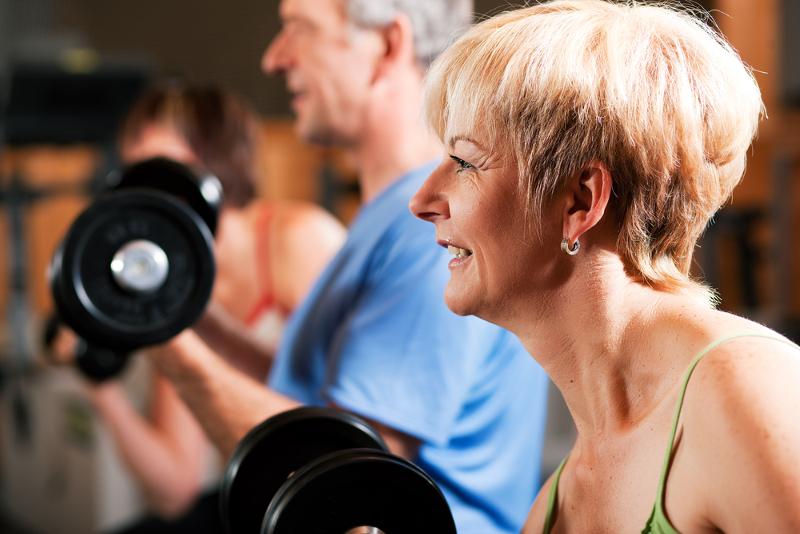Cardiovascular Endurance
is the ability to exercise the entire body for long periods of time. It requires a strong heart, healthy lungs, and clear blood vessels to supply the body with oxygen. Activities to improve fitness in this area include running, swimming and aerobic dance. A person must do the activity continuously for a minimum of 20 minutes within their target heart rate zone.
Endurance/cardiovascular activity should be done a minimum of 3 days per week. Every other day is preferable. The mile or the pacer will measure fitness testing in this area.
Muscular Strength
is the amount of force you can put forth with your muscles. It is often measured by how much weight you can lift. People with strength have fewer problems with backaches and can carry out their daily tasks efficiently.
Examples of muscular strength include push-ups, weight lifting heavy weight with few repetitions,
and pull-ups. Fitness testing will be measured by doing push-ups.
Muscular Endurance
is the ability to use the muscles, which are attached to the bones, many times without getting tired.
People with good muscular endurance are likely to have better posture, have fewer back problems, and be better able to
resist fatigue than people who lack muscular endurance.
You can improve muscular endurance by lifting weights with many repetitions or doing sit-ups.
Measuring the number of sit-ups you can do correctly is used for fitness testing.
Flexibility
is the ability to use your joints fully. You are flexible when the muscles are long enough and the
joints are free enough to allow movement.
People with good flexibility have fewer sore and injured muscles.
Stretching before and after activities will help to improve flexibility. The sit-and-reach and the
trunk lift are two tests used to measure flexibility.
Body Composition
is the percentage of body weight that is fat compared to other body tissue, such as bone and muscle.
People who have a high percentage of fat are more likely to be ill and have a higher death rate than lean people.
Exercise and eating the right foods in the proper amounts can improve body composition.
Body composition can be measured using an instrument called calipers, a specialized scale, or it can be calculated
by using the body mass index (BMI) which uses height and weight to determine your BMI.














